Human Centric Lighting: How Smart Switches Are Improving Health and Well-Being
Lighting does more than just illuminate spaces—it affects our mood, productivity, and even sleep quality. Traditional lighting systems offer static, one-size-fits-all solutions, but Human Centric Lighting (HCL) takes a smarter approach by mimicking natural daylight patterns to support our circadian rhythms.
At the heart of this revolution are smart switches and lighting controls, which enable dynamic, personalized lighting experiences. From offices to hospitals and homes, HCL is transforming how we interact with light to boost energy, enhance focus, and improve overall well-being.
In this blog, we’ll explore:
✔ What Human Centric Lighting is and why it matters
✔ How smart switches enable HCL
✔ Real-world benefits in workplaces, healthcare, and homes
✔ The future of biologically effective lighting
1. What is Human Centric Lighting (HCL)?
Human Centric Lighting is an advanced lighting concept that aligns artificial light with natural biological needs. Unlike conventional lighting, HCL adjusts color temperature (CCT) and intensity throughout the day to:
-
Boost alertness in the morning (cool white, high-intensity light)
-
Maintain focus during the day (neutral white)
-
Promote relaxation in the evening (warm, dim light)
Science Behind HCL
-
Our bodies follow a circadian rhythm, a 24-hour internal clock influenced by light.
-
Blue-enriched light (5000K–6500K) suppresses melatonin (the sleep hormone), keeping us awake.
-
Warmer tones (2700K–3000K) signal the brain to wind down.
Smart lighting systems replicate these natural shifts, helping regulate sleep, mood, and productivity.
2. How Smart Switches Enable Human Centric Lighting
Traditional light switches offer on/off functionality, but smart switches integrate with IoT-enabled lighting systems to provide:
A. Automated Circadian Lighting Schedules
-
Preset lighting scenes adjust throughout the day (e.g., energizing morning light, calming sunset tones).
-
Geofencing & motion sensors activate lighting based on occupancy.
B. Personalized Light Control
-
Voice commands (Alexa, Google Assistant, Siri) let users customize lighting preferences.
-
Smartphone apps allow fine-tuning of brightness and color temperature.
C. Integration with Wellness Ecosystems
-
Syncing with sleep trackers (e.g., Fitbit, Apple Health) to optimize bedroom lighting.
-
Compatibility with smart thermostats and blinds for a holistic wellness environment.
3. Key Benefits of Human Centric Lighting
A. Workplace Productivity & Employee Well-Being
-
Studies show that HCL in offices can:
-
↑ 15% increase in alertness (Lighting Research Center, RPI)
-
↓ Reduced eye strain & headaches from harsh fluorescent lighting
-
-
Example: German company TRILUX reported fewer sick days after implementing circadian lighting.
B. Healthcare & Patient Recovery
-
Hospitals use HCL to:
-
Speed up recovery with daytime-stimulating light.
-
Reduce depression in long-term care patients (Brigham and Women’s Hospital study).
-
-
Example: Philips’ HealWell system helps ICU patients maintain natural sleep cycles.
C. Home Wellness & Sleep Improvement
-
Smart bedroom lighting can combat insomnia by gradually dimming at night.
-
Schools using HCL report better concentration in students (University of Twente research).
4. Smart Switch Technologies Driving HCL Adoption
| Technology | Role in HCL |
|---|---|
| Zigbee/Z-Wave | Enables wireless control of smart bulbs & fixtures. |
| DALI (Digital Addressable Lighting Interface) | Allows precise dimming & color tuning. |
| Li-Fi (Light Fidelity) | Uses light waves for data transfer + illumination. |
| AI-Powered Adaptive Lighting | Learns user preferences & adjusts automatically. |
5. Future Trends in Human Centric Lighting
A. Biometric Light Adjustment
-
EEG & wearable-integrated lighting that responds to stress levels.
B. UV-Free Circadian LEDs
-
Tunable-spectrum LEDs that provide melatonin-friendly evening light.
C. Smart City Applications
-
Streetlights that adapt to pedestrian activity and time of day.
Conclusion
Human Centric Lighting is more than a trend—it’s a health-focused lighting revolution. By leveraging smart switches and IoT controls, businesses and homeowners can create environments that enhance well-being, productivity, and sleep quality.
Is your lighting working for you—or against you? Upgrading to an HCL-enabled smart lighting system could be the key to a healthier, more energized life.
No comments





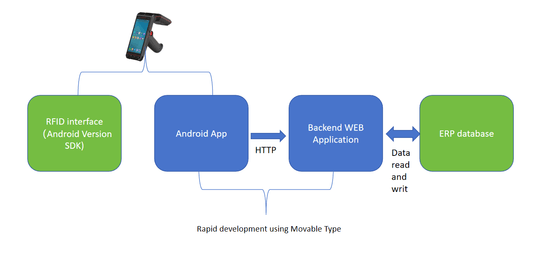
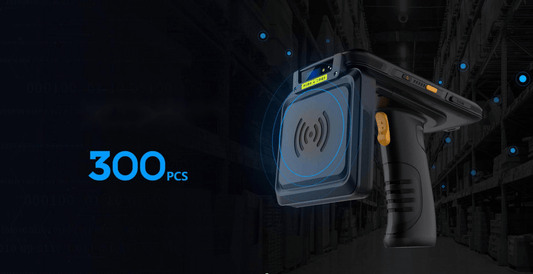
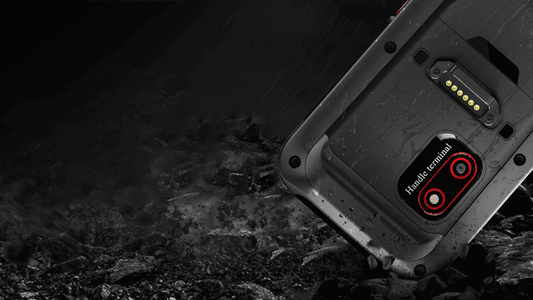


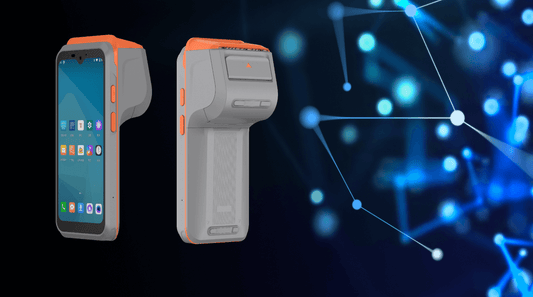
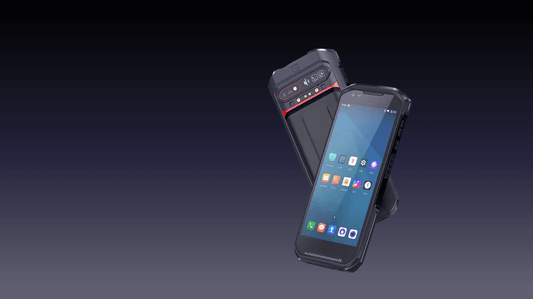
0 comments